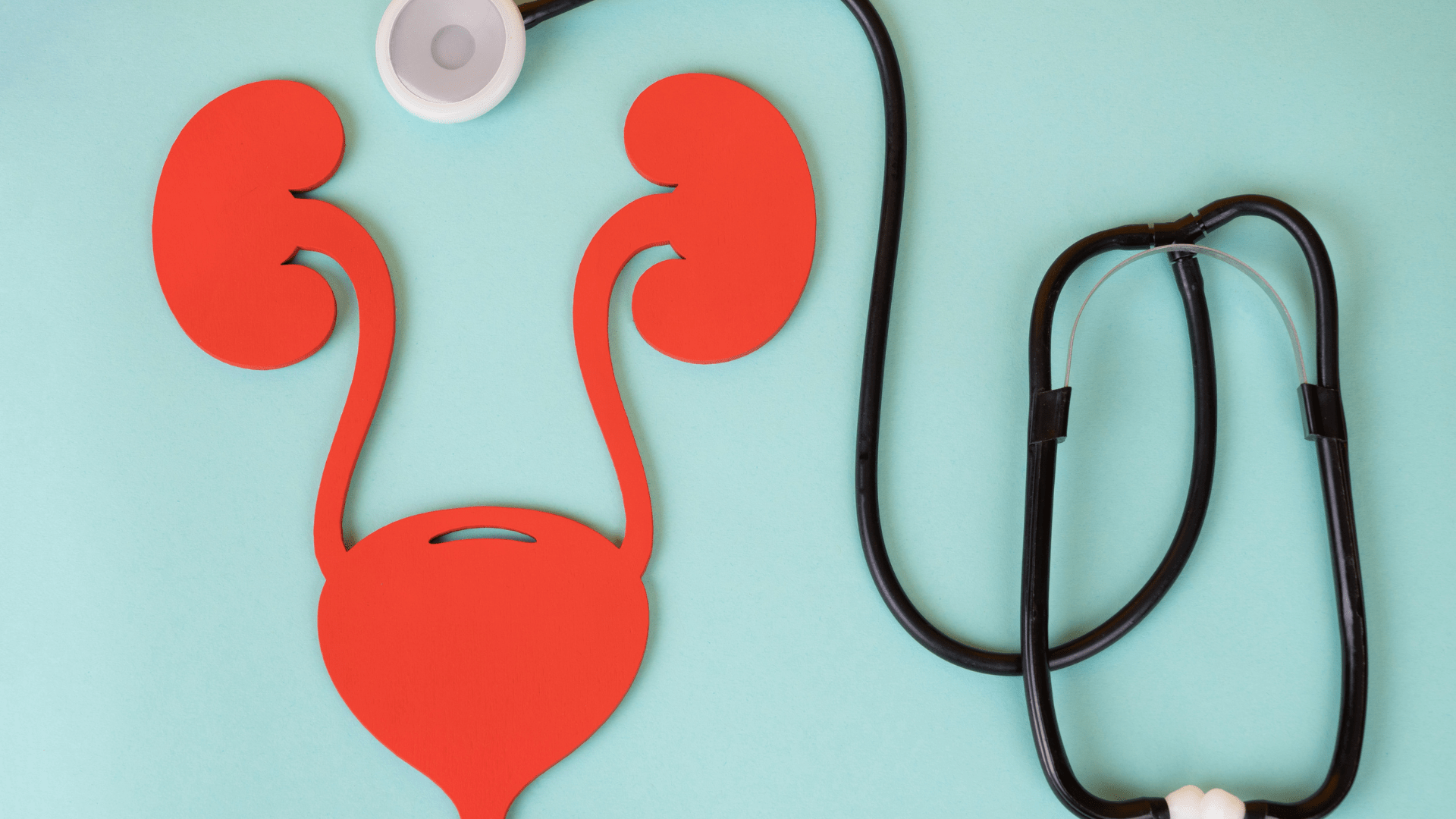Imagine this: you’re going about your life, minding your business, maybe juggling work or school, and then you start noticing some weird pelvic pain, even when you’re not on your period or an unusual vaginal discharge. You brush it off as nothing and just think it’s part of being a woman.
Here’s the plot twist: It’s not just part of being a woman. What you’re ignoring might actually be a silent troublemaker called Pelvic Inflammatory Disease (PID). It’s not just an infection. It can quietly damage your reproductive system over time and cause complications that can make it harder for you to get pregnant when you’re ready to.
Let’s break down what PID is, how it happens, what to look out for, and why catching it early matters so much.
What Is Pelvic Inflammatory Disease?
Pelvic Inflammatory Disease is an infection of the upper reproductive organs, which mainly includes your uterus (womb), fallopian tubes, and ovaries.
Imagine your reproductive organs are a well-guarded estate. Your vagina is the front gate, your cervix is the estate security, and your womb, fallopian tubes, and ovaries are the beautiful houses being guarded. PID happens when bacteria (the bad guys) slip past the front gate, override the estate security, and attack the beautiful houses.
Your body senses that something bad has entered the estate and reacts through a process called inflammation, where your immune system sends extra blood flow and infection-fighting cells to the area to fight off the invaders.
While this sounds straight from a superhero movie, there are downsides. This battle can leave wreckage, damage the delicate tissues, leading to scar tissue (adhesions) and even blockages in your reproductive tract, and without treatment, this damage can become permanent, affecting fertility and causing chronic pain.
What Are the Causes of PID?
The most common culprits are Sexually Transmitted Infections (STIs), especially gonorrhoea and chlamydia.
However, PID isn’t only caused by STIs. Other bacteria that normally live in your vagina can also cause trouble if they leave the vagina and get into places they don’t belong. This can happen through:
- Unprotected sex with someone who has an STI
- Multiple sexual partners or a partner who has other partners, because this increases your exposure risk.
- After childbirth, miscarriage, or abortion, your cervix is open, giving bacteria easier access.
- Insertion of an IUD. The risk is highest in the first few weeks if there’s already an infection present.
- Unsafe or non-sterile gynaecological procedures.
- Untreated vaginal or cervical infections that spread upwards over time.
What Are the Symptoms of PID?
Most women with PID don’t know they have it until it’s too late. Some women will feel fine, others will have some mild symptoms that they dismiss as something “normal”. This is why we call it a silent threat, because the infection quietly causes scarring, blockages, and a whole lot of damage that women don’t know until years down the line.
Here are some of the symptoms of PID to watch out for:
- Lower abdominal or pelvic pain that is dull, crampy, and sometimes constant, even when you’re not on your period.
- Abnormal vaginal discharge that could be yellow or green, or with a bad odour
- Pain during sex
- Fever or chills
- Unusual vaginal bleeding between your periods or after sex
- Pain when urinating
- Nausea or vomiting, especially in severe cases
What Are the Complications of PID?
If PID isn’t treated on time, it can cause some long-lasting damage, such as
- Infertility: The scarring can block your fallopian tubes, where the egg and sperm meet for fertilization to occur. A blocked fallopian tube = no pregnancy.
- Chronic pelvic pain: This is pain that lingers for months or years.
- Ectopic pregnancy: This happens when a fertilised egg implants outside the womb, for example, in the tube.
- Recurrent PID: Once you’ve had PID, you’re more likely to get it again.
How Is PID Treated?
The sooner PID is treated, the better your chances of preventing long-term damage to your reproductive organs. The treatment involves:
- Antibiotics: Your doctor will prescribe a combination of antibiotics that target the most common bacteria causing PID. You must complete the full prescribed dose, even if you start feeling better.
- Partner treatment: If your PID is linked to an STI, your partner will need to be treated as well; otherwise, you’ll just keep passing the infection back and forth.
- Hospital treatment: If you’re very unwell, pregnant, have an abscess (which is a pocket of pus), or aren’t improving after a few days of antibiotics, you might need to get intravenous antibiotics or even minor surgery to drain an abscess.
How To Prevent PID
Preventing PID from even occurring is your best defense strategy.
- Use condoms consistently because they reduce your risk of STIs that can cause PID.
- Get regular sexual health check-ups, especially if you have new or multiple partners.
- Get treated promptly for any STI you have, even if you have no symptoms.
- Complete your treatment and make sure your partner does too.
- Avoid douching or inserting anything into your vagina that wasn’t prescribed by your doctor. It can kill off the good bacteria in your vagina, upset your natural vaginal pH, and push bacteria deeper into your reproductive tract.
Final Thoughts
Pelvic Inflammatory Disease is not just about “infections down there,” it’s about protecting your comfort, fertility, and overall health.
If you’ve noticed any of the symptoms we talked about, don’t wait it out. See a doctor immediately, because early treatment can mean the difference between a full recovery and long-term complications.
If you’d like to speak to a doctor about this, click here to get started.
References
Pelvic Inflammatory Disease (PID): Symptoms & Treatment
Pelvic inflammatory disease (PID) – Symptoms & causes – Mayo Clinic
Pelvic Inflammatory Disease (PID) – Gynecology and Obstetrics – MSD Manual Professional Edition





